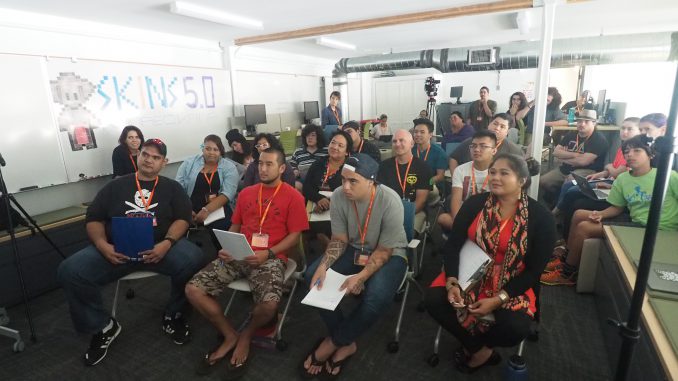
Day One: Introduction
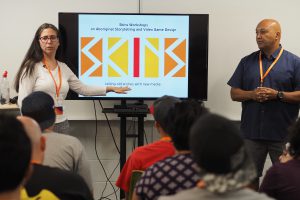
Participants arrived to a fully functional lab and classroom space that is filled with state-of-the-art hardware fully loaded with the freeware that will be utilized throughout the workshop.
Introductions to the workshop instructors, mentors, and presenters began our morning. Next, Jason and Skawennati, co-directors of AbTeC and the Skins workshops, shared their art and research practices.
Jason told us the origin story of how he became an artist, professor and research director, showing us images and clips of his artwork, too. Skawennati, an artist who addresses history, the future, and change, particularly as they relate to Aboriginal cultures, talked about some of the experiences that influenced her along the way, including Barbie and video games. She showed clips from her machinima projects, TimeTraveller™ and She Falls For Ages. She then moved on to the first actual lesson, Storytelling 01, featuring a video called Seeing Red by Elizabeth LaPensée (formerly Beth Aileen Lameman), about Native representations in media and video games. A discussion of stereotypes ensued, in which the participants explained some of the particulars of being from a community whose culture has been coopted for tourism as well as entertainment.
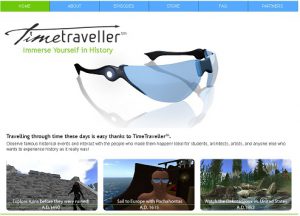
Pippin Bar is an assistant professor in the Department of Design and Computation Arts at Concordia University in Montréal where he currently teaches an introduction to creative programming, a game design studio, and an internet/web-based art studio. He opened his presentation telling the participants all about his work creating games, game design, experience design, prototyping, and criticism. Pippin introduced the key elements in games as well as genres that are popular in today’s gaming world. He also explained the Skins philosophy to use free software as much as possible so that participants can access it at home.
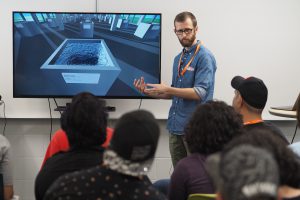
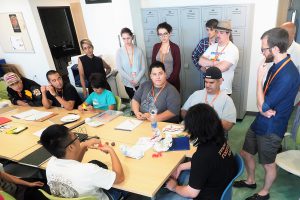
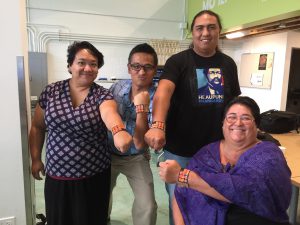
Participant-Mentor Noelani Arista, discussed Hawaiian culture, sharing that mo’olelo is a collection of stories, songs, chants about Hawaiian culture. Discussion about the good, the bad and the misrepresentation of Hawaiian culture that exists in media is certainly inspiring participants to work together to get fuller stories with awesome ideas to tell their own mo’olelo.
Simon-Albert Boudreault said that stories/feelings should be expressed in new media, especially games. Without an emotional connection, game play is not stimulating. Without excitement and anticipation, the game may not capture the player’s interest for long term playability.
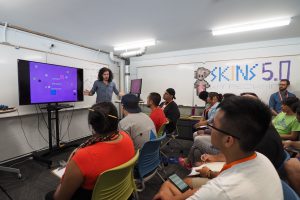
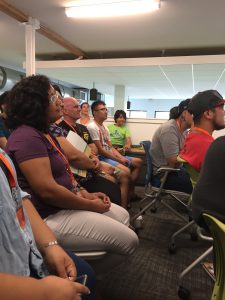
Nancy Townsend’s love of games started before courses were an option outside of expensive private schools. She travelled and tried everything digital media, succeeding as a producer because of her artistic past. Nancy helped lay a game foundation which led to the Cree Syllabics Virtual Reality project. She joked that as a jack-of-all-trades she is not an expert, however, her understanding of the tech and its limitations and abilities is critical to the success of many complex projects, like a video game. Nancy can fill in gaps, and makes sure the project is completed.
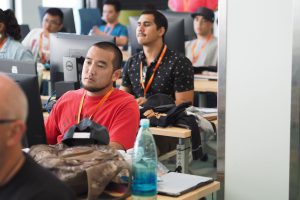
Nancy helped participants look at the “house keeping” for the workshop: logging into computer, accounts, Google Drive & chat, Game FSO, the blog (to access lesson plans, check the schedle, past games and more).
What a busy day! Please bring your inspiration: drawings, Photoshop, downloaded images, mo’olelo, song, chant, or video to the table for tomorrow’s decision making. Mahalo nui.

Leave a Reply
You must be logged in to post a comment.